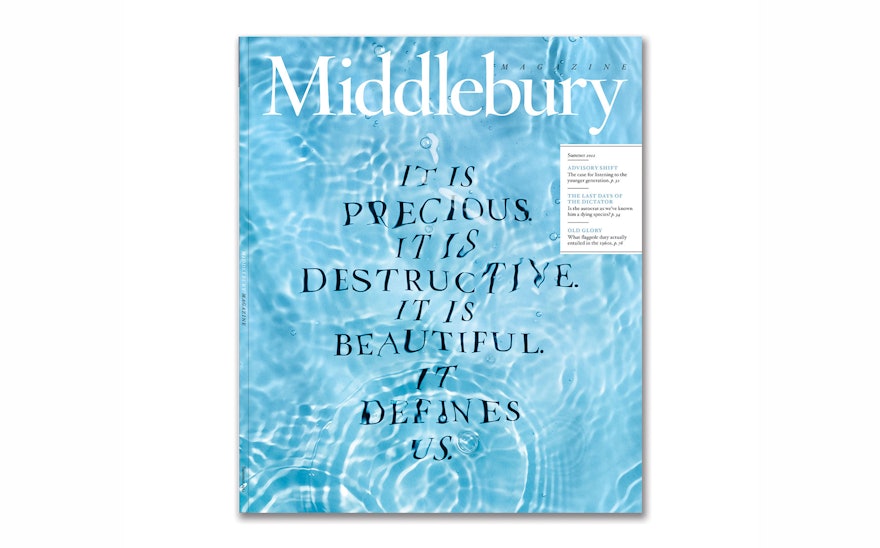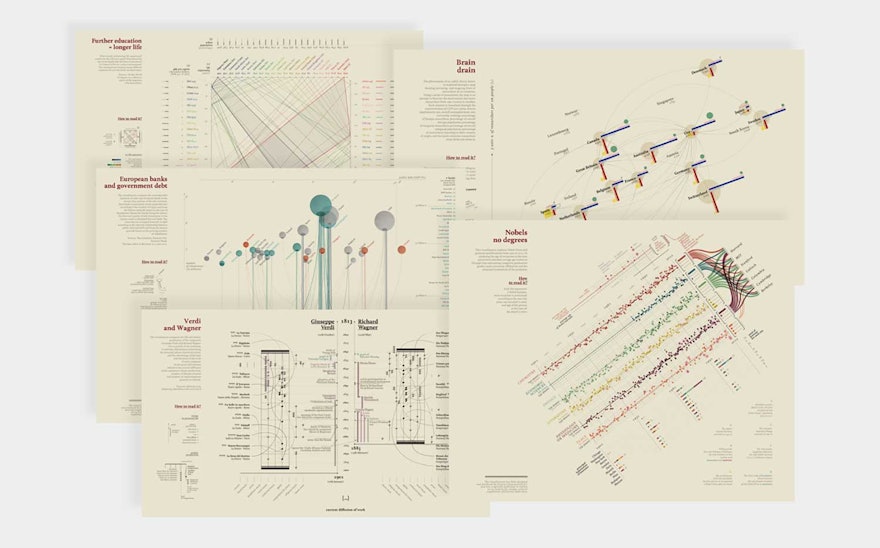Pentagram redesigned Middlebury College's main publication, Middlebury Magazine, arriving in mailboxes this month. Middlebury College is a private liberal arts college located in the scenic Champlain Valley of Vermont. One of the "Little Ivies," the school was founded in 1800 and is one of the oldest and most highly regarded liberal arts colleges in the United States.
In addition to its core undergraduate program, Middlebury is known for its emphasis on literature, writing, and programs in modern language. The Middlebury College Language Schools offer instruction in over ten languages, including Arabic, Chinese, French, German, Hebrew, Italian, Japanese, Portuguese, Russian, and Spanish. The Bread Loaf School of English, based at the college's Bread Loaf Mountain campus, is a summer graduate program in English literature, and the Bread Loaf Writer's Conference is one of the oldest writer's conferences in the country. The celebrated American poet Robert Frost was a major influence on the Bread Loaf School, returning to the school every summer starting in 1921 for 42 years.
Middlebury's liberal arts leanings, its excellence in language instruction, and its devotion to English literature, and writing in particular, influenced Pentagram and provided the designers with a solid thematic direction for the redesign of Middlebury Magazine. Working with Middlebury editor Matt Jennings and art director Pamela Fogg, the Pentagram team completely reorganized the publication's sections and created new content as well.
The various departments and columns throughout the magazine have been renamed using classic literary terms like Scene, Essay, Vignette, Colophon, Dialogue and Short Story—but the traditional terms, usually found in dusty old books, have been reinterpreted in fresh new ways. The design balances the magazine's substantial text sections with big moments of photography and illustration, infographics and maps, shorter browsable items, and linked content to online resources.
Finally, as a tip of the hat to the school's rich modern language tradition, the designers have sprinkled "secret messages" in different languages throughout the publication. The short passages, paired with flags representing the language, appear randomly in the upper margins of the pages. The launch issue of the redesign includes "secret messages" in Russian, German, Spanish, Portuguese, French, and Chinese.

